The Rescue Mission to Save Ukraine’s Cultural Heritage
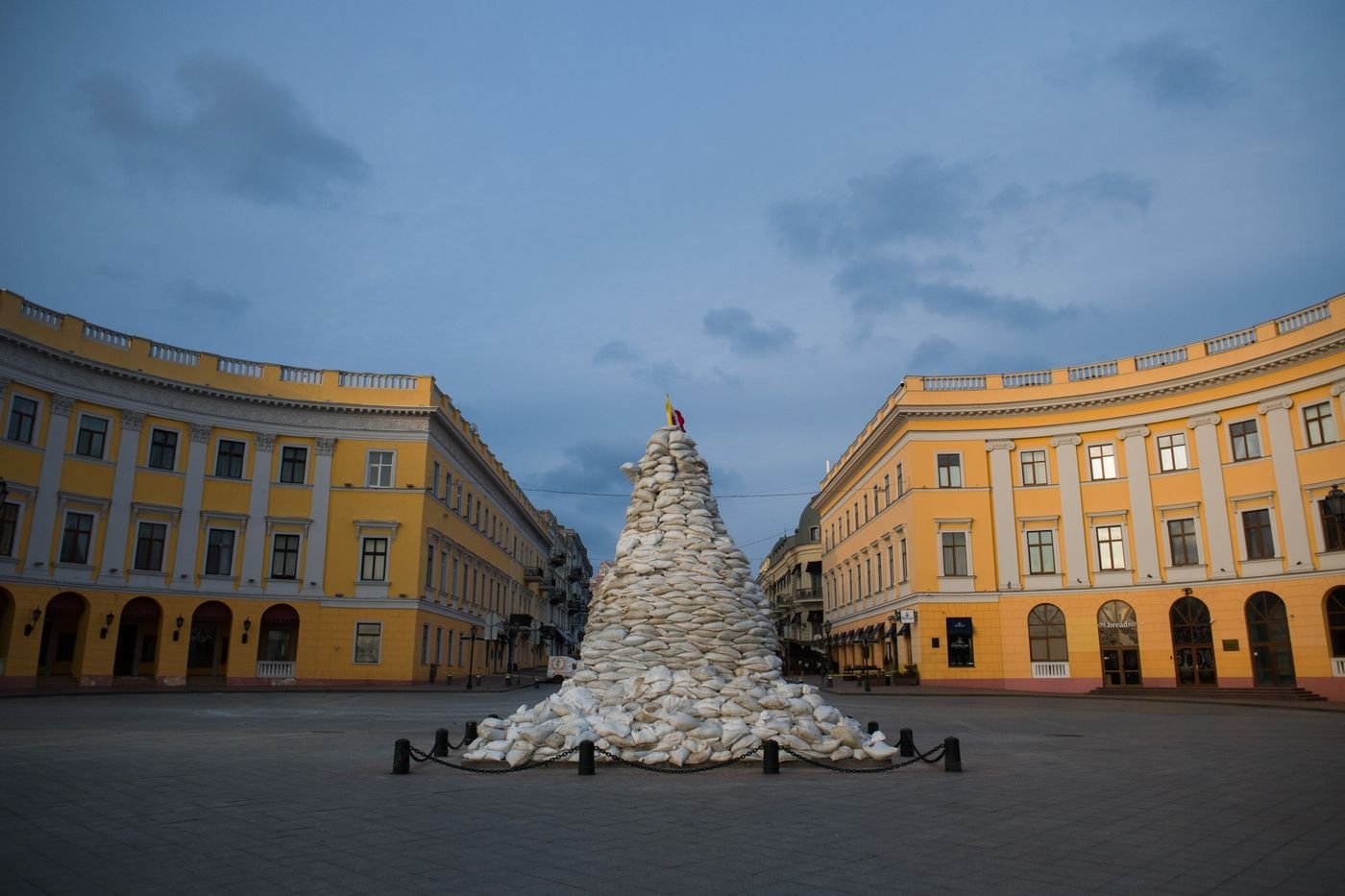
Written by Taras Kaidan, Mariana Matveichuk and Feargus O'Sullivan. Originally published by Bloomber CityLab, 26 March 2022.
International observers, policy experts and people around the world expressed shock when Russian President Vladimir Putin followed through on his threats to invade neighboring Ukraine on Feb. 24. But to the curators of Ukraine’s museums, war came as no surprise.
“Every Ukrainian museum has a so-called red list for its collections,” says Kyrylo Lipatov, deputy director for research and exhibitions at Odesa’s National Art Museum. On this inventory: works to be evacuated in case of an invasion.
With the list updated in spring 2021, three museums in Odesa started preparing to relocate its works to western Ukraine in January 2022, more than a month before Russian tanks rolled across the border. The shipment was referred to as an exhibition loan, so as not to publicize the removal.
The country’s Ministry of Culture is understandably reluctant to disclose too many details, but that art rescue mission forms part of a remarkable national mobilization to preserve Ukraine’s cultural wealth. Its scope — which involves museums, archives, galleries, libraries and institutions around the country and in neighboring nations — appears to be among the most comprehensive efforts in this century, echoing the similar Allied campaign to save European artworks, cultural artifacts and monuments amid the devastation of World War II.
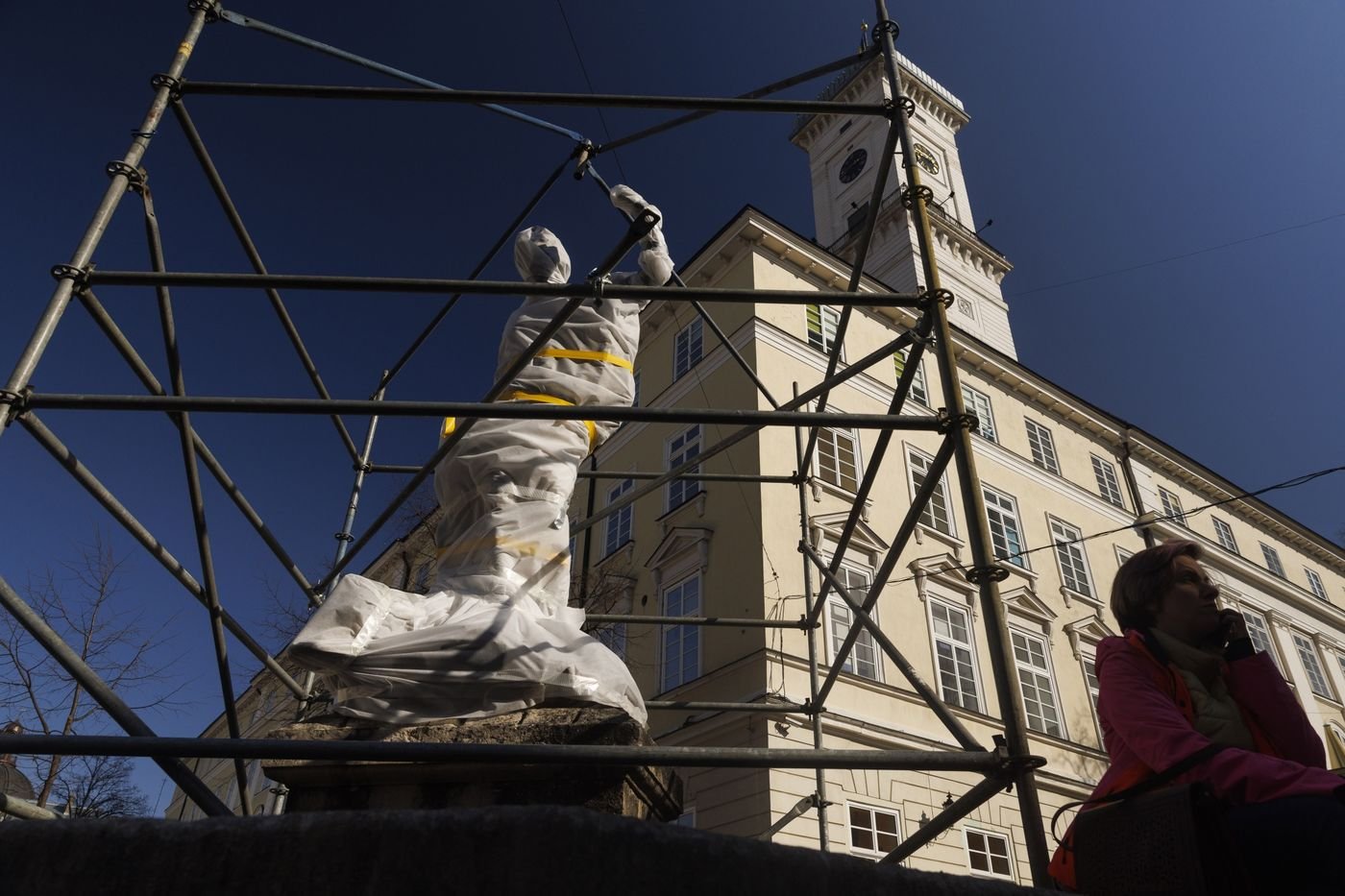
It’s a mission that involves not just Ukraine’s best-known collections, but an entire archipelago of smaller museums across the country, and is intended equally to preserve the nation’s physical heritage and support the staff who protect it. Even as some works have been spirited away to safety, Ukrainian officials and volunteers are also racing to document those that weren’t possible to save, compiling a crowdsourced list of buildings and monuments destroyed by the Russian invasion. Such documentation could prove useful when the war ends, both to aid with reconstruction and provide evidence of possible war crimes.
The results of the effort can be seen clearly in places like Odesa, a strategic port once known as the former Soviet Union’s most beautiful city. Czech hedgehogs intended to block tanks and other military vehicles now pockmark its elegant avenues, and prominent pieces of public art, such as the neoclassical statue of former Governor De Richelieu, have been cocooned in sandbags. (Lipatov notes that this gesture would likely do little to protect the monument from a direct hit, but it does help boost local morale.)
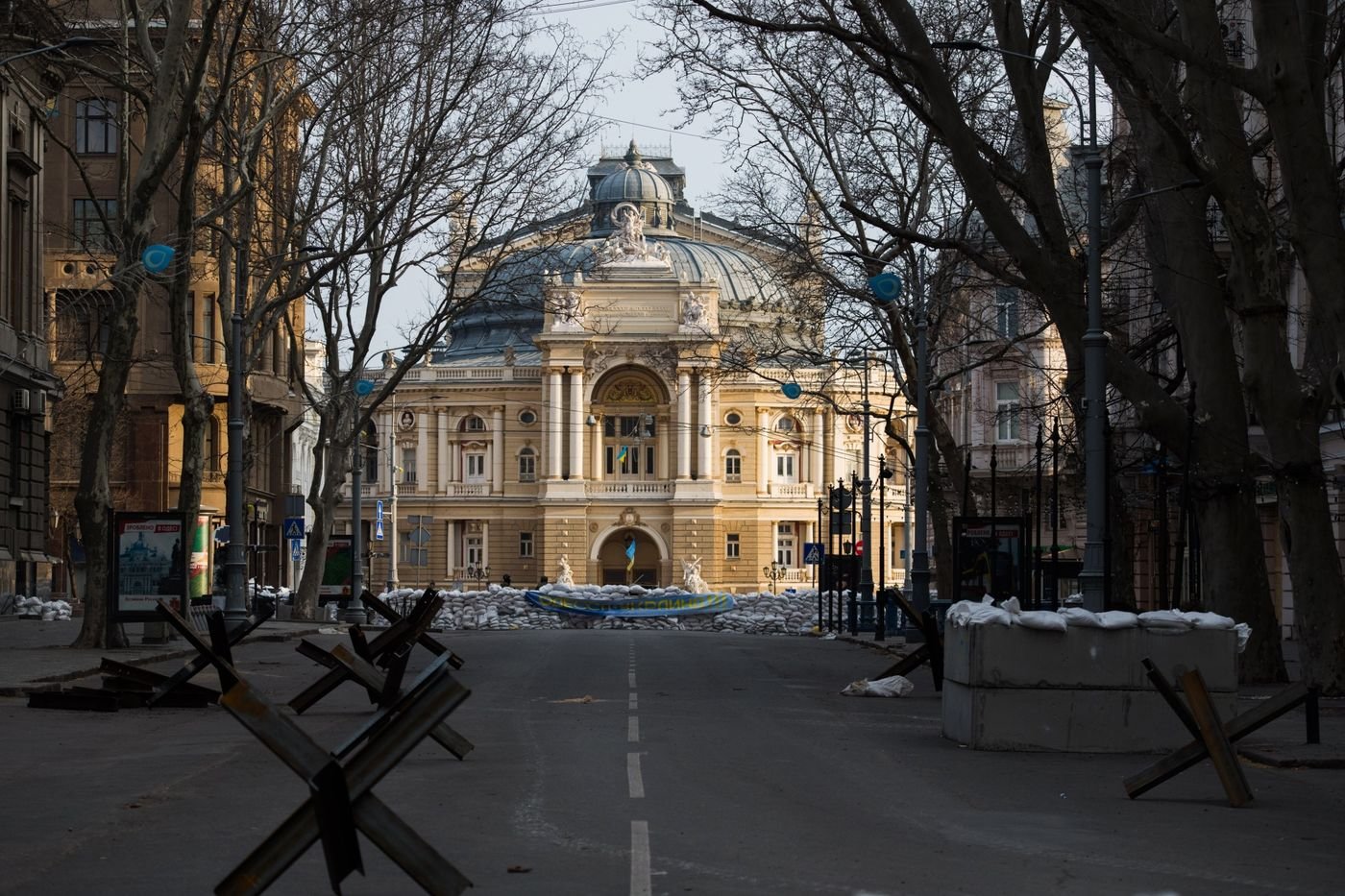
During shelling and airstrikes, residents descend into the city’s famous network of catacombs for safety. Meanwhile, barbed wire encircles museums and galleries to deter possible looters in case Russian troops penetrate the city.
“The country’s whole territory and all its monuments, its heritage from various cultures — tangible and intangible — are today under threat of destruction,” says Ukraine Deputy Culture Minister Kateryna Chueva. “There is a threat to everything from Paleolithic sites to modern art pieces, both mobile heritage such as museum exhibits or artifacts and immobile ones, like Kyiv’s Saint Sophia Cathedral and other Unesco World Heritage sites. We also cannot exclude the threat of museum collections being looted or exported to Russia from territories under occupation.”
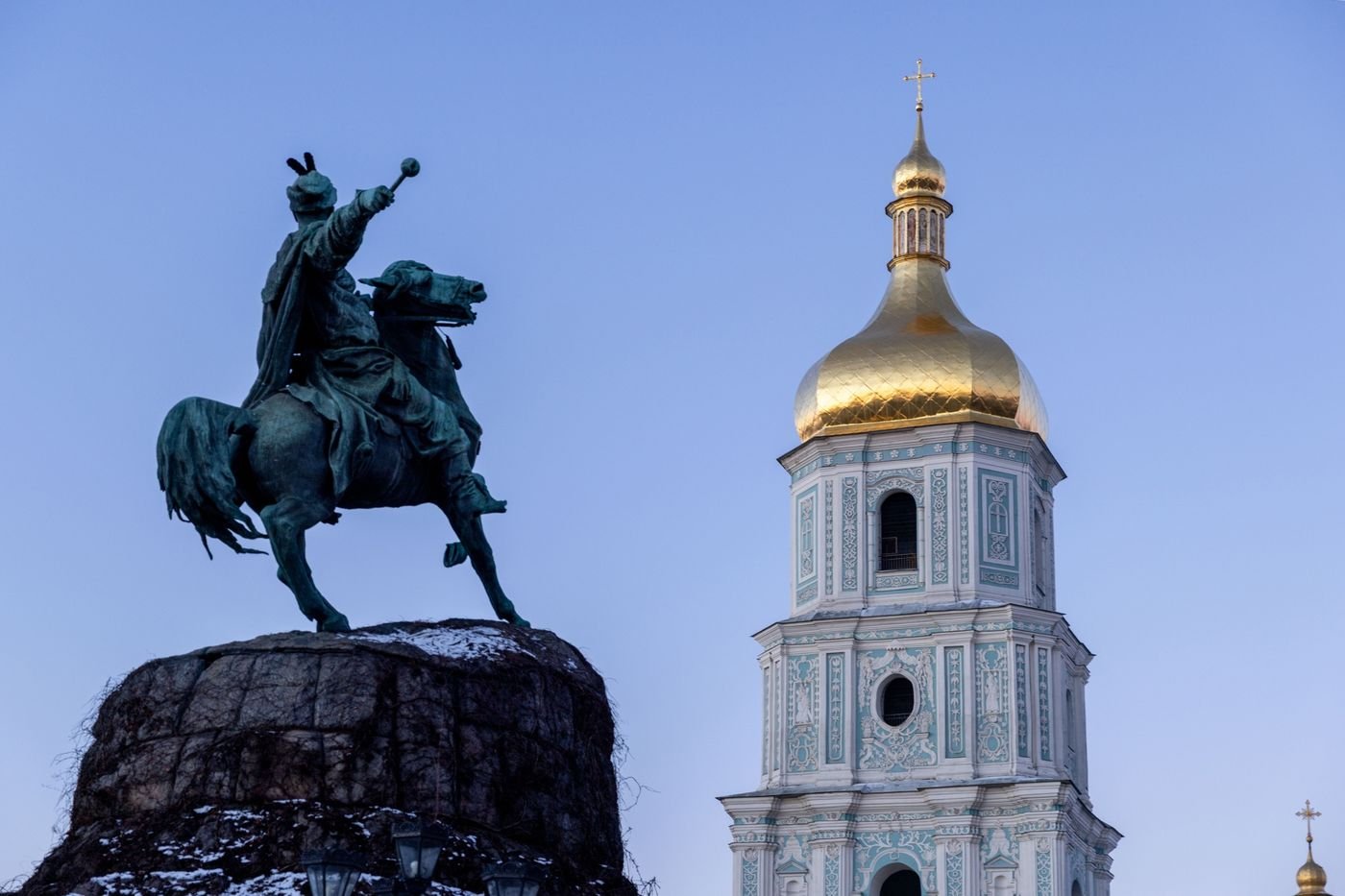
Olha Honchar is the director of Ukraine’s new Museum Crisis Center, which was organized soon after the invasion to provide assistance for cultural institutions across the country. She says that the nation’s cultural resources have been explicitly targeted.
“It has become quite clear now for the whole world that Russia bombs museums, archives and theaters not by accident,” says Honchar, who’s also the head of the Territory of Terror Museum, a former prison in Lviv’s onetime Jewish ghetto that has been transformed into a memorial to victims of totalitarian regimes. “Russians have a precise aim of destroying our culture, as part of our identity, as something that distinguishes Ukraine from Russia.”
Often, she says, what museums need most is funds for supplies like food, medicine and protective equipment such as fire extinguishers, as well as financial support for workers. Museum staff have been going without salaries in cities like Kyiv, Kherson, Kharkiv and Sumy. “Some of them are only living on the verge of survival,” says Honchar. So far, the center has been able to help 200 museums across the country.
Of particular concern is the currently encircled northern town of Chernihiv, an ancient city whose rich collection of religious architecture dates back 1,000 years; it’s one of 17 sites in Ukraine that are under consideration for Unesco World Heritage listing.
When considering what to relocate, Ukrainian culture professionals are also being forced to answer complex questions quickly. If time and resources for cultural protection are limited, which artworks should take priority? Assortymentna Kimnata, an art gallery in the western Ukrainian city of Ivano-Frankivsk, chose not to rely on institutional red lists when they started helping save pieces for other Ukrainian galleries at risk (a project that receives donations in support via this link). Instead, they decided “not to evaluate and make special priority for some artworks over others,” says the gallery’s co-founder, Aliona Karavai. “We primarily work with grassroots artists and self-organized spaces and initiatives in Ukraine. Those who are not protected by prominent museums or galleries should still have a chance to evacuate their artwork too.”
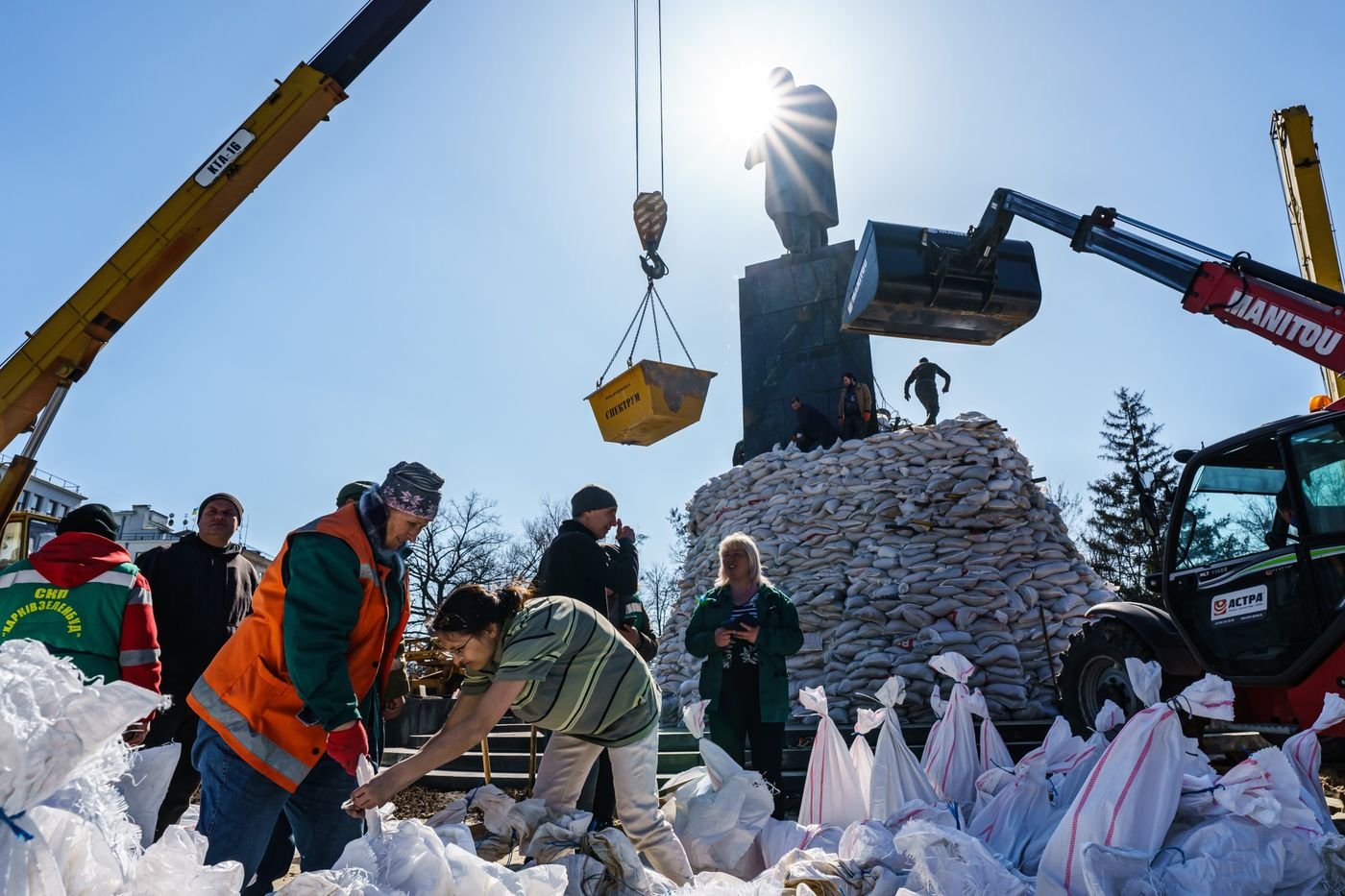
Another, even more painful question is to decide when preserving culture must cede priority to human survival. Kharkiv’s Literary Museum managed to evacuate its collection of rare books, manuscripts and photos — a vital cultural resource partly because the archive documents a vibrant history of literary resistance to monocultural Russian dominance — before fighting began in earnest. As the city came under heavy shelling, staff then considered trying to protect Kharkiv’s statue of Ukraine’s national poet, Taras Shevchenko — a key piece of public art. They decided, however, that human needs in the city were too great to spend time or resources on it, and focused on humanitarian relief instead. (Volunteers have since covered the statue in sandbags.)
Meanwhile, for sites and works that have already been damaged or destroyed, the government has set up a database of alleged war crimes against the country’s heritage, so that buildings lost can be recorded — and those who targeted them can someday be held to account.
There is a cruelly ironic side to these cultural rescue missions. The Odesa Fine Arts Museum is a neoclassical palace whose 10,000-item collection contains work not only from artists born in Ukraine, but from Russian artists, including monumental realist great Ilya Repin and abstract pioneer Wassily Kandinsky. By arranging relocation of the collection, the museum’s Ukrainian staff have thus been working hard to protect the work of Russian-born artists from destruction by their own country’s army.
To Ukrainian curators like Karavai, Putin’s willingness to risk such collateral damage speaks to the invasion’s true intent. “The country is attacked only because of our understanding of ourselves as a collective, because of the cultural codes we choose,” she says. “This war is aimed at destroying Ukrainian identity. I personally did not expect that in 2022.”